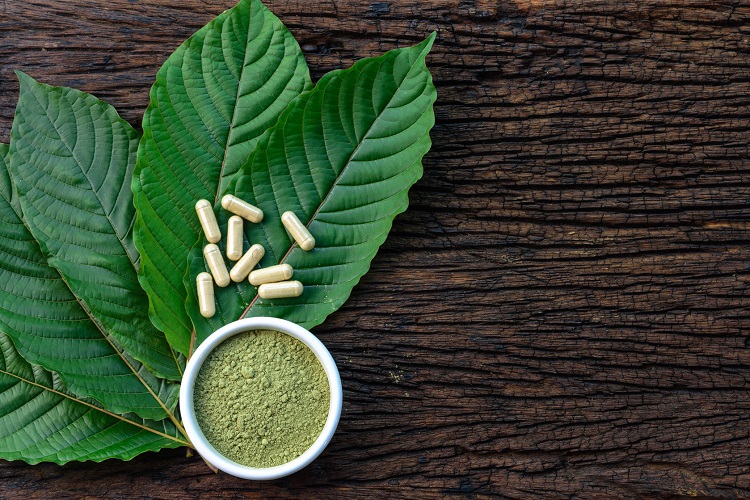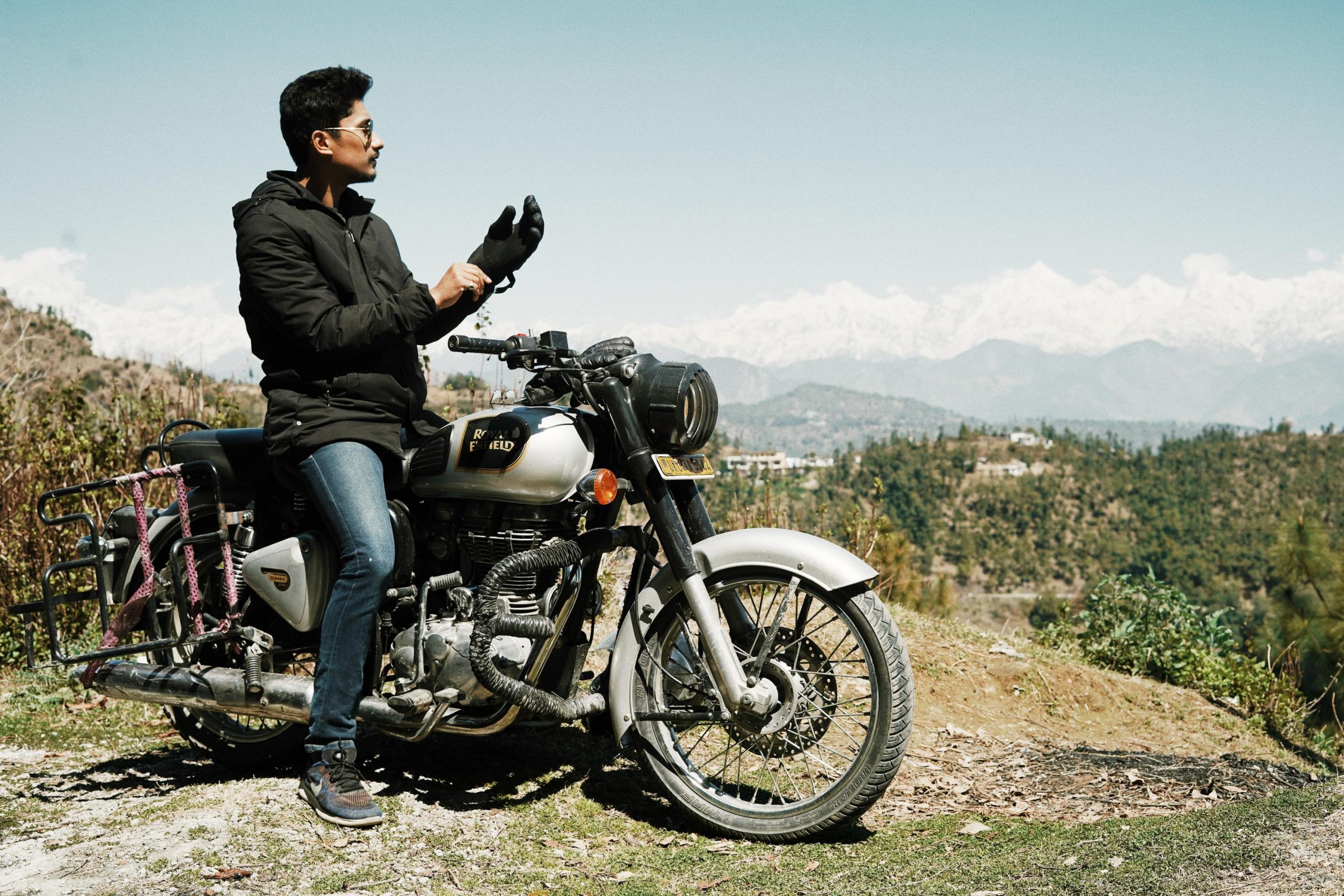Indonesia has been known as one of the Kratom producing countries apart from several countries in Southeast Asia, from several producing regions or provinces Kratom near me in Indonesia, West Kalimantan is a fairly large and high-quality Kratom producing province, most of which are produced.
is to serve the Export market.
A Kratom farmer, Adam, admitted that he started to actively plant Kratom trees starting in 2018, because the price of rubber fell, with a land area of 2.
5 hectares, he could plant around 2500 trees In 2019, Kapuas Hulu District, with a harvest cycle every 30-40 days West Kalimantan is recorded to produce 500 tons of Kratom (mytragina speciosa) every month, and farmers are increasingly enthusiastic about planting kratom because it has a fairly high economic value. planting until the kratom tree can be harvested is quite fast, which is 6 to 9 months, and with a fairly simple process without requiring special care, namely by adding organic fertilizers to the planting medium and regularly cleaning the grass.
According to Suryanto, a Kratom farmer in Kapuas Hulu, “ If the Indonesian Government prohibits the planting of Kratom and its trade, the Government must be able to provide a good solution to the economic problems of the farmers ”, this is quite reasonable, because so far, the majority of people in Kapuas Hulu, they depend on farming Kratom after the price of rubber fell several years ago
Even though Kratom farmers were worried about the issue that kratom was included in the list of narcotics plants, since the issuance of Decree Number 104 KPTS HK 104 M 2 2020 from the Minister of Agriculture of the Republic of Indonesia, regarding commodities under the guidance of the Directorate General of Horticulture, which states that kratom is classified in medicinal plants, this eliminates all the concerns of farmers about the legal status of planting Kratom trees.
How enthusiastic farmers are to plant Kratom trees can be illustrated that in the Kapuas Hulu district to be precise in Sambus village, West Kalimantan, almost 100 percent of the residents are Kratom farmers, they even plant Kratom trees in their yards, also many rice and rubber farmers cut off part of the land. for planting Kratom trees, because the price of rubber has not shown an increase until now, according to residents, a Kratom farmer can earn tens of millions of rupiah in one harvest, while workers and harvesters who process kratom leaves are paid Rp.100,000 per day.
PROCESSED PRODUCTS AND GOVERNMENT SUPPORT
When you look at the great potential of Kratom, but it has not been managed properly and correctly, this spurs professionals to create Kratom processed products that are safe by minimizing adverse side effects.
In Indonesia, as a Kratom producing country, a lot of research has started to be carried out on kratom to study the properties and side effects of kratom, to formulate an appropriate presentation format so that kratom can be consumed by the public more safely and with far less side effects, so It is hoped that kratom processed products will appear that have passed clinical trials and are safe for consumption, such as the emergence of kratom products in the form of tea which have begun to be mass-produced because they have passed the clinical trials of the Biofarma study center laboratory, and have obtained a Product Research Certificate.
From the farmers’ side, the Government of the Republic of Indonesia has shown its support through the decision of the Minister of Agriculture that Kratom is classified as a medicinal plant, but from the business side it still needs support from other relevant ministries, for example from the Minister of Health and the Food and Drug Supervisory Agency (BPOM), to drafting regulations at the provincial and district levels that will regulate the trading system of kratom and its sports products.
This of course will be a guarantee of security for all stakeholders and other parties related to the Kratom trade.






